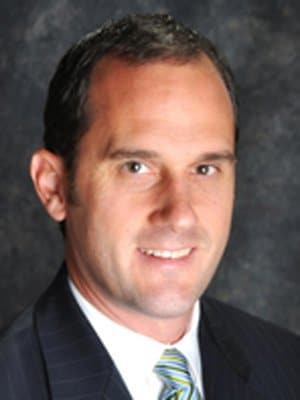
More Pain Management & Rehabilitation Articles
The ACL Injury
Now that the summer is finally here and we are participating in more physical levels of activity, our office is beginning to see more injuries to the ACL. The anterior cruciate ligament (ACL) provides both anterior (tibia moving forward on the femur) as well as rotational stability to the knee joint. Tears of this ligament can lead to significant disability in athletes of all ages and activity levels.
To provide stability to the knee, ACL tears are treated by reconstruction rather than repair, as the ACL cannot heal if repaired. The damaged ligament is removed and a new ligament is created from either a patient's own tissue (autograft) or tissue from a cadaver (allograft).
Today, most ACL reconstructions are done arthroscopically through small incisions using a camera to view the knee joint. Because of improvements in the equipment and technology, we can now place the reconstructed ACL in the same location of the damaged ACL through these very small incisions. These improvements have led to less pain post-operatively, earlier rehabilitation, and better rotational control.
Rehabilitation plays a key role in ACL reconstruction outcomes. We begin range of motion (ROM) exercises immediately, and allow for full weight bearing right away.
However, while the patient can begin ROM exercises early to avoid stiffness, there is an important step-wise progression in rehabilitation that must be followed to avoid re-injury and to optimize outcomes. Typically return to sport is delayed for six to nine months to allow for return of strength and control of the knee for athletic endeavors.
Unfortunately, rushing this protocol can lead to further damage. So when you have an injury to your ACL that requires surgery, the best outcome for return to your desired activity level is to be persistent and patient, and follow the protocol outlined by your physician and physical therapist.
Other Articles You May Find of Interest...
- How to Promote Bone Fracture Healing? Tips for Faster Healing
- Managing Chronic Back and Neck Pain
- Pervasiveness Of Pain
- Effective Solutions for Lower Back Arthritis: Medial Branch Blocks and Radiofrequency Ablation
- Spinal Compression Fracture Treatment Options
- Hiatal Hernia: A Common Cause For Heartburn
- Can Electrical Stimulation Help My Pain?

















